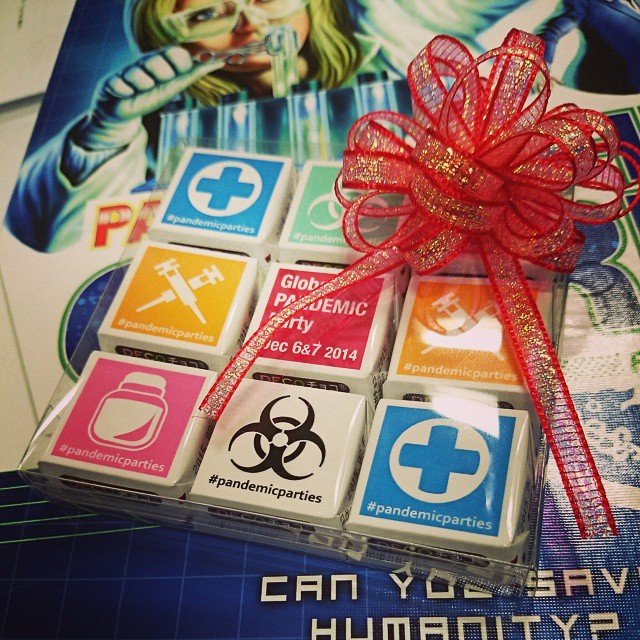The convention was sponsored by Chrysalis, which has been training children to be change makers and social entrepreneurs for the last seven years. They’ve been using modern boardgames to train kids “in a whole range of skills, from social to persuasion, planning to resource management, adaptability to tactics, and much more.” They note that the games help the kids with self confidence, their ability to learn, and provide creative influence and inspiration.
Their first convention was a big success. Now they are working to expand their program into a new initiative called Gamechangers. Gamechangers will create more opportunities for children to play games between conventions and will focus on the following areas:
- Competitive and cooperative boardgames
- Drama, to teach the value of boardgames
- Art arena cooperation games
- Active and team-building games
- Story-collecting for new games and adventures
They’re actively raising funds for this new program and could use your help. You can read all about how they’l be using the funds to train 16 young change makers to become social entrepreneurs on their Crowdfunder page: https://www.crowdfunder.co.uk/gamechangers
If you do pledge, leave a comment below and let me know, because on Tuesday, August 15th at 12:00 noon PDT, I’ll randomly select one of the commenters who has made a donation to the program (however large) and send them a personalized care package. It might include…
- a new, never-before seen prototype role card for Pandemic with your name on it
- or a game
- or a lenticular Forbidden Island postcard
- or a special, hand-made “Box 9” for Pandemic Legacy Season 2 that only YOU will ever know the contents of
- or all of the above … who knows?
Whatever it is, it’ll be a surprise and I’ll ship it anywhere in the world if you win.
Special thanks to Tony Boydell for this raffle idea that I’m brazenly stealing.





































